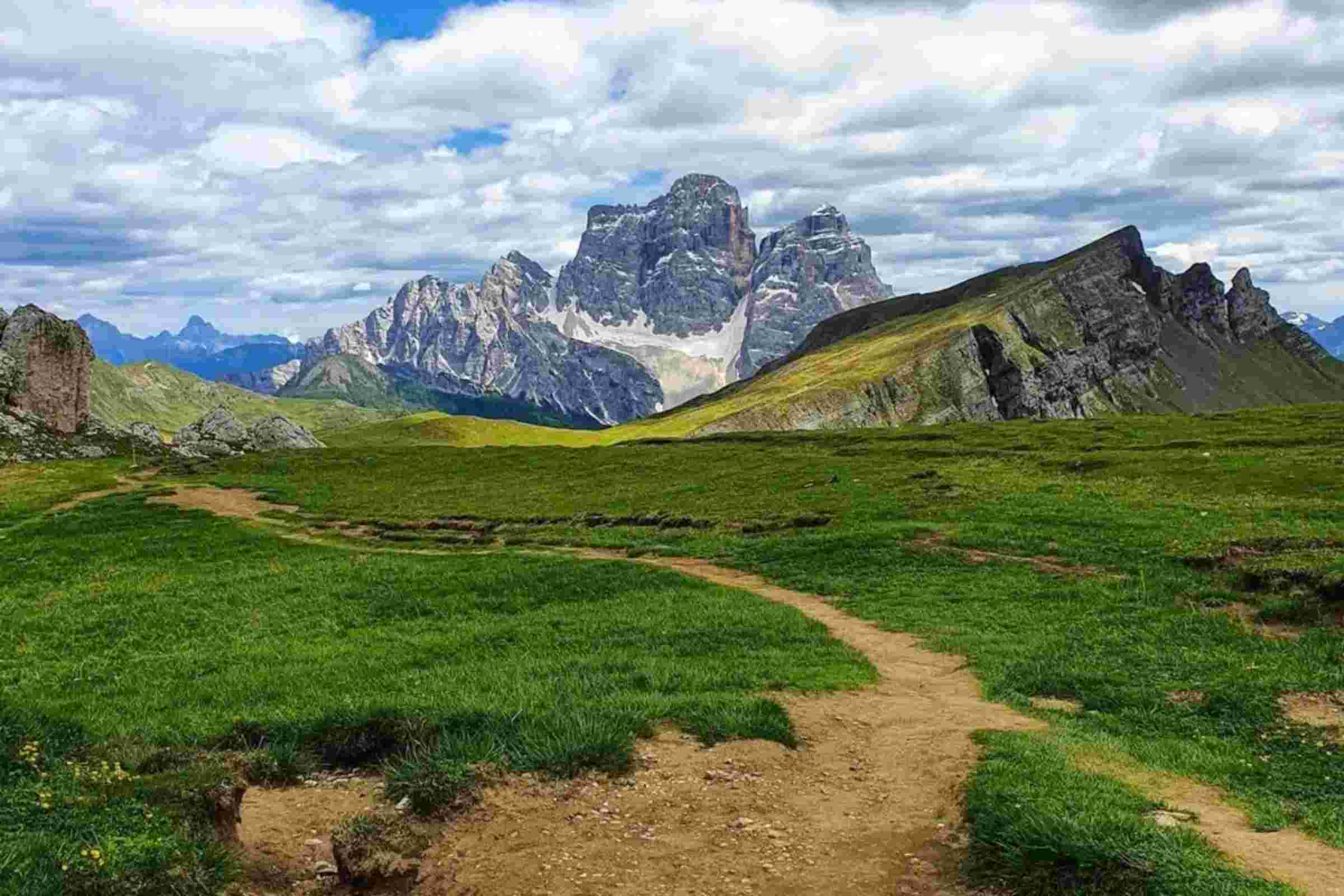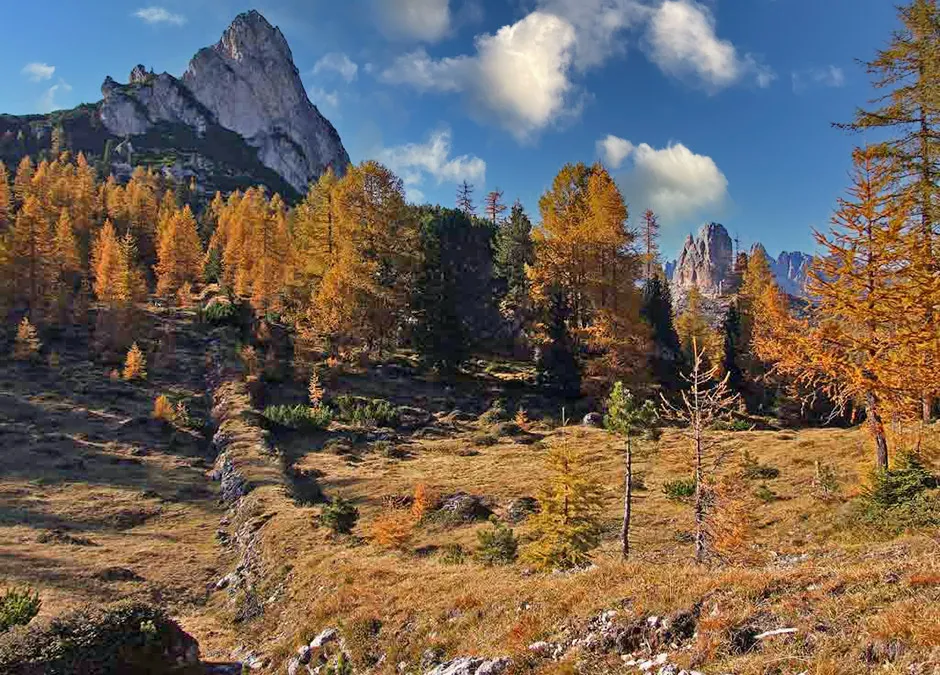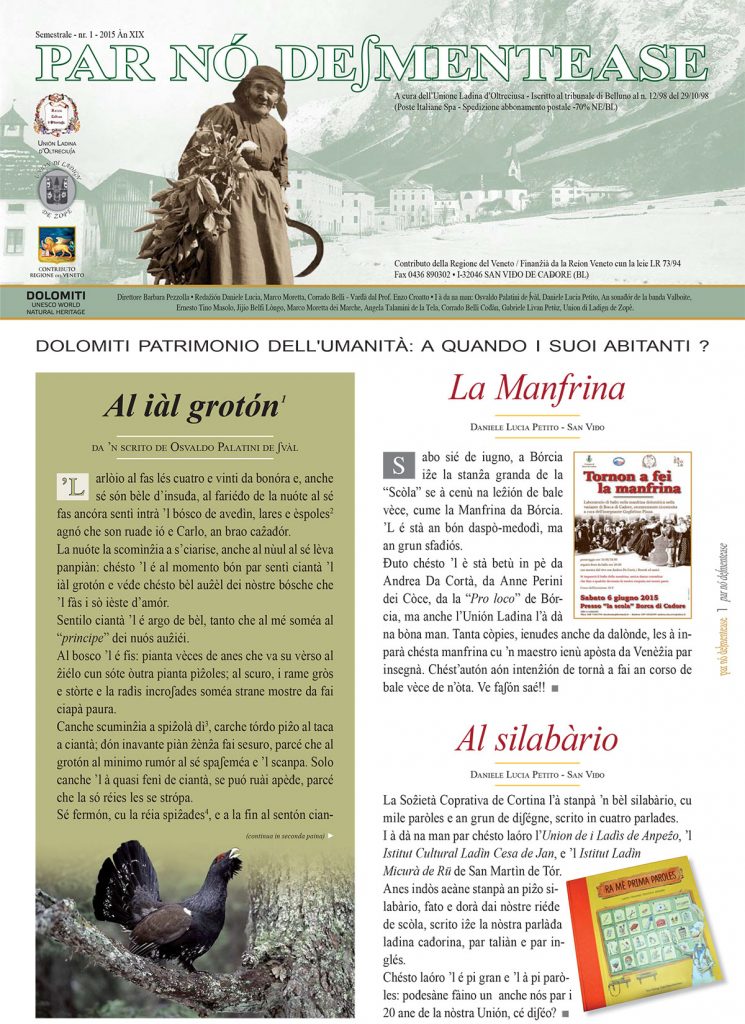The existence of San Vito di Cadore dates back to the 1200s, with the building of an ancient church around which the settlement developed. But surely the area was inhabited in prehistoric times, so much so that in the locality of Mondeval de Sora, at 2200 meters above sea level, the skeleton of a prehistoric hunter who lived 7500 years ago, called precisely the man of Mondeval, has been found, now preserved at the Museum of Selva di Cadore. Epigraphic inscriptions in the ancient Venetian alphabet were also found at the site.
Around the middle of the 13th century the Regole became official, throughout Cadore and also here in San Vito: these were organizational structures created ad hoc to manage the community's property, forests and pastures, and which still function today.
Feudo dei Conti da Carmino with investiture by the Patriarch D'Aquileia, in 1400 it became a possession of the Republic of Venice. San Vito marks the border with the Habsburg Empire, and in the mid-1700s a wall almost two kilometers long was built to establish its exact limits (in some sections from the parts of Gusela del Nuvolau still present). It was part of the Lombardo Veneto Kingdom dependent on Austria after the fall of Venice and in 1866 of the newly formed Kingdom of Italy. As early as the mid-nineteenth century, the tourist nature of San Vito appears, which has been increasing since the 1950s.


